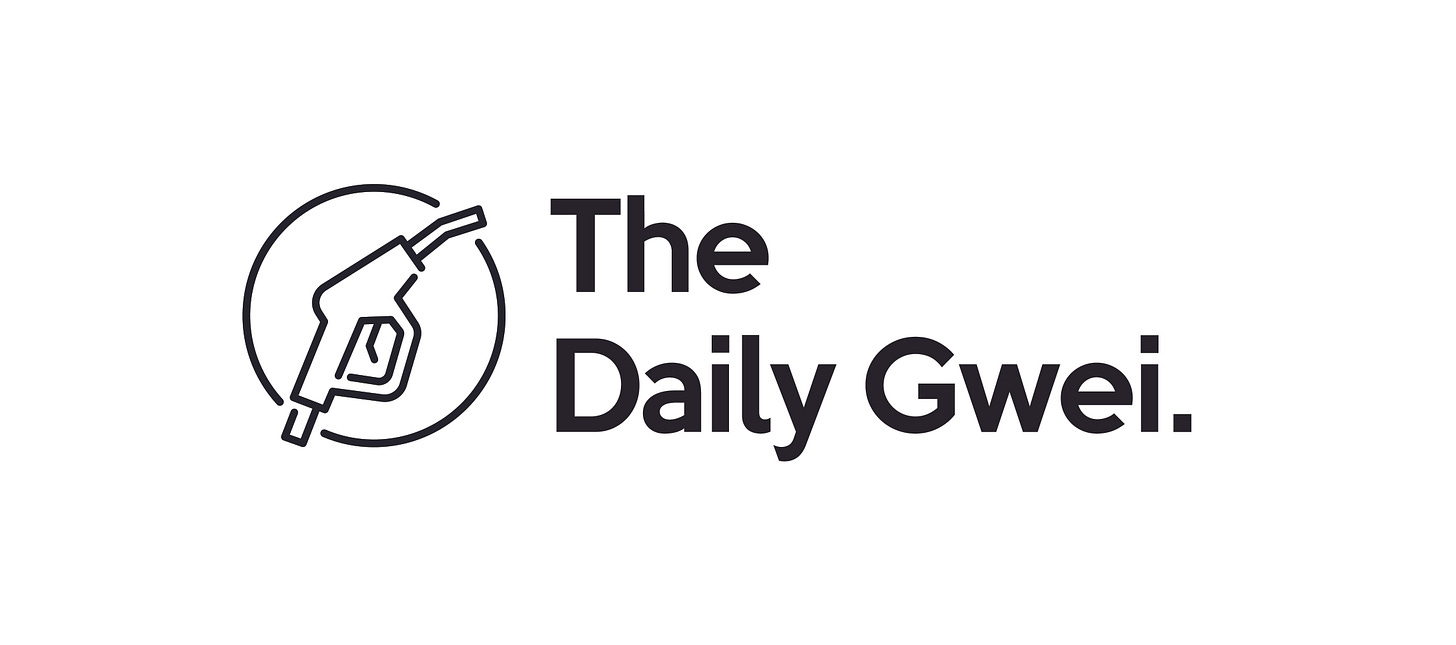Whenever a new crypto ecosystem pops up people naturally look for ways to get exposure to that ecosystem. With layer 1’s like Ethereum the natural choice is the native asset of the particular chain - same is true for layer 2’s and sidechains. This “natural choice” is no accident - it is basically a ‘Schelling point’ of sorts for an ecosystem - after all, rather than sifting through hundreds or thousands of assets, most people will naturally just choose the asset that they feel gives them exposure to everything.

Of course, not all Schelling point assets (SPA’s) are created equal - and there is a world of difference between some of them. For example, ETH is the obvious choice to get exposure to the Ethereum ecosystem but not just because it’s a SPA - it also has fundamentally sound value drivers and is a highly desirable asset that is used in staking, as DeFi collateral, as a fee token (where most is burned), as a money/SoV and more. We can contrast this with most other layer 1 tokens which don’t have these same value drivers but still act as a SPA for their respective ecosystems (though almost all of them underperform ETH over the long term).
One major factor that acts as a ‘forcing function’ for a layer 1’s native asset is the use of the token for payment of fees. Every single sovereign layer 1 has its own token that is used to pay fees on the network - Ethereum has ETH, Bitcoin has BTC, Solana has SOL and so on and so forth. This basically guarantees that the native token becomes the SPA of the ecosystem because everyone is forced to use it if they want to use the network. Obviously most layer 2’s differ here in that they opt to use the network that they’re settling to’s native token as the fee token (mostly for an overall much simpler UX).
In saying all of the above, when people are investing in crypto they aren’t just buying 1 asset - they’re usually spread out among many different assets and weight them based on their own strategy. Maybe someone has an ‘Ethereum ecosystem’ portfolio consisting of 50% ETH, 30% DeFi, and 20% NFTs. I think it’d be very rare to find someone who’s invested in a particular ecosystem and doesn’t hold some percentage of the ecosystem’s native token in their portfolio - but it’d be very easy to find people who don’t hold particular tokens from that ecosystem (even if those tokens are very popular).
I don’t think we’re going to see a deviation from this phenomenon of Schelling point assets anytime soon - if ever. In fact, I think we’ll see this trend just get stronger over time as more and more assets come into existence and overload people’s brains with choices. The online world is an attention game after all - and what has more attention in crypto that a networks native token?
Have a great weekend everyone,
Anthony Sassano
Enjoyed today’s piece? I send out a fresh one every week day - be sure to subscribe to receive it in your inbox!
Join the Daily Gwei Ecosystem
All information presented above is for educational purposes only and should not be taken as investment advice.



